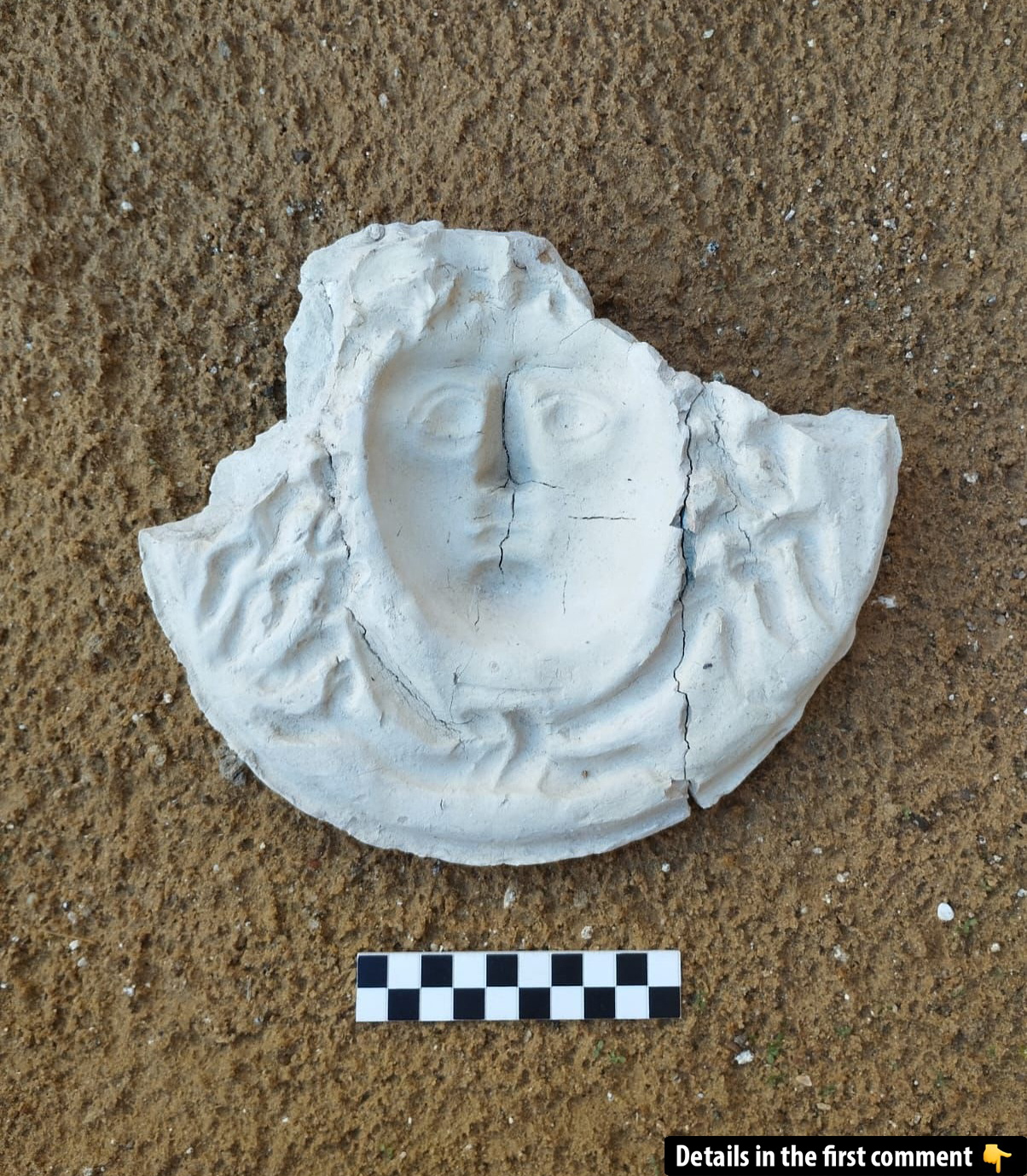In the heart of southwestern Sicily, a remarkable discovery has shed new light on ancient craftsmanship and mythology. Archaeologists have uncovered a plaster mold of Medusa, the iconic Gorgon with snake-filled hair, from the ruins of Finziade, a once-thriving Roman city. This mold, used to create masks, reveals the deep connection between art, religion, and daily life in ancient Sicily. But what does this discovery tell us about the cultural landscape of the time? Let’s delve into the secrets of this fascinating find.
Overview of Finziade and Its Historical Background
The archaeological area of Finziade (modern-day Licata) holds a unique place in the history of ancient Sicily. Founded in 282 BC by Finzia, a tyrant of Agrigento, this city was the last Greek colony established on the island. Finziade was designed to resemble classical Greek urban planning and quickly became a thriving cultural center. However, its history took a pivotal turn when it was conquered by Rome in the early 3rd century BC.
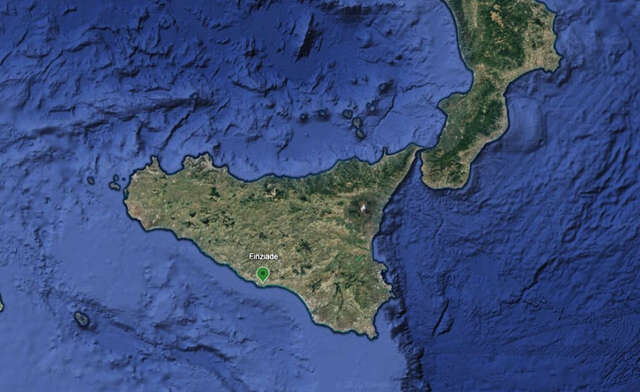
Finziade’s role as a colony and its eventual integration into the Roman Empire provide significant historical context for this discovery. The city was transformed during the First Punic War, which ultimately led to Rome’s dominance over Sicily. During the early Roman period, Finziade became a melting pot of Greek, Roman, and local influences, leading to a vibrant exchange of ideas, art, and craftsmanship.
Video
Check out the video to see the discovery of a 2,000-year-old mask mould, believed to depict Medusa. This fascinating find offers new insights into ancient art and mythology!
Transformation of Residential Structures into Artisanal Workshops
The excavation of House 18 within the archaeological area reveals a fascinating transformation. Originally constructed as a residential building, the house underwent significant changes during its final years of use, around the early 1st century BC, reflecting the economic shifts in the region. Evidence suggests that by this time, the house was repurposed for manufacturing masks, with multiple matrices uncovered throughout the site.
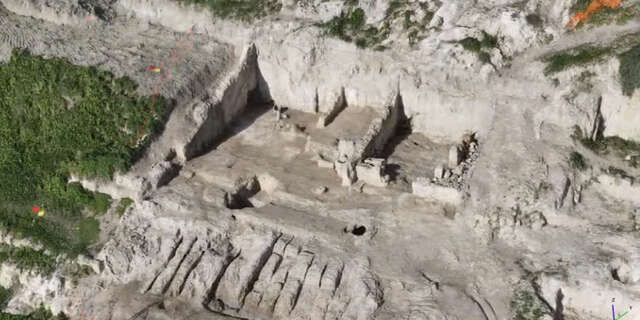
This transition from residential space to artisanal workshop provides valuable insights into the economic and social dynamics of late Republican Sicily. It underscores how homes were adapted during times of economic growth, leading to the commercial production of cultural artifacts.
The Medusa Mask Matrix: An Overview
What is a Gorgoneion? The Gorgoneion refers to the image of Medusa—her distinctive face, often surrounded by serpent hair. As a mask matrix, the mold was likely used to create multiple reproductions of Medusa’s image, which were either worn as masksor used for decorative reliefs. This mold offers a direct glimpse into the craftsmanship of ancient Sicilian artisans, highlighting their skill in creating multi-purpose objects that served both ritualistic and decorative functions.
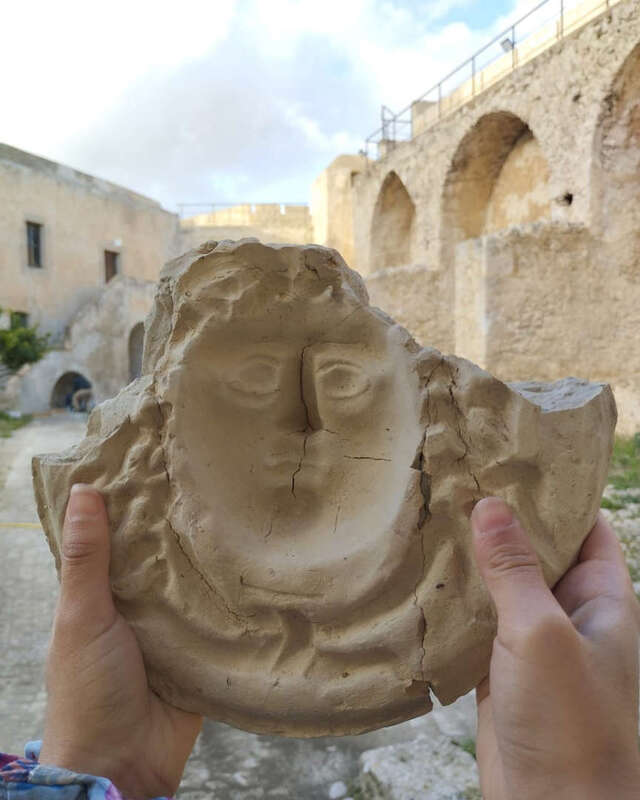
The plaster mold of Medusa discovered at Finziade is one of several matrices found in the area. It shows a negative impression of Medusa’s face, capturing the iconic features that have made her a symbol of both danger and protection across cultures. This mold, dating back to the early 1st century BC, would have been used to create masks for theatrical performances, ritual purposes, or decorative objects in Roman Sicily.
The mask production discovered at Finziade is not only a testament to the skilled craftsmanship of the artisans but also provides valuable insight into the cultural and symbolic significance of Medusa’s image in ancient Mediterranean societies.
The Symbolism of Medusa in Ancient Cultures
Medusa, one of the three Gorgons, is perhaps best known for her terrifying ability to turn anyone who gazed upon her into stone. In Greek mythology, she is often depicted as a fearsome monster, with her serpentine hair and menacing expression. However, Medusa’s image is not just associated with terror. In various cultures, she was also seen as a protective symbol, particularly in the form of the Gorgoneion.
The image of Medusa, especially in the form of the Gorgoneion, was used widely in the ancient world. It appeared on shield bosses, doorways, and temples, serving as an amulet to ward off evil and protect against harm. The fact that the mask found in Finziade likely represented Medusa underscores the dual nature of her image—one that embodies both danger and protection.
The juxtaposition of these meanings reflects the complex relationship the ancient world had with mythological figures. Medusa’s image was both feared and revered, embodying the contradictory aspects of human experience and spiritual beliefs.
Mask Production in Roman Sicily
The discovery of Medusa’s mask mold in an artisanal production facility underscores the role that mask-making played in Roman Sicily’s economy. Artisans were highly valued for their skills in crafting items that were essential for both theatrical performances and ritualistic contexts. The production of masks likely served multiple purposes: as theatrical props, used in religious rituals, or as decorative elements in domestic and public spaces.

In Roman Sicily, masks played a significant role in theatrical performances, especially in comedic and tragic plays. The imagery of Medusa, with her fierce countenance, may have also been used in ritualistic performances or as protective symbols in everyday life. The widespread use of masks in these contexts reflects the intersection of art, religion, and social life in Roman culture, where the spiritual and the practical often converged.
The Transformation of House 18
House 18 in Finziade provides an exceptional case study of how residential buildings were adapted during times of economic change. Originally built as a private dwelling, the structure was repurposed for artisanal production in its final stages. Archaeological evidence suggests that mask-making became a central activity within this space, highlighting the flexibility of ancient living spaces and their capacity to accommodate evolving economic needs.
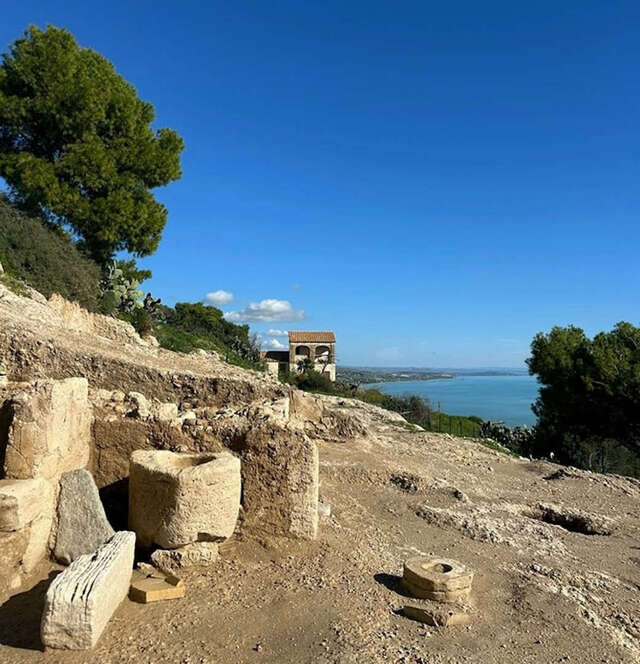
In addition to the Medusa mask mold, multiple other molds have been discovered at the site, further confirming that mask production was a key activity at Finziade. These findings suggest that the local economy heavily relied on the production of cultural and artistic objects, with mask-making being just one of many artisanal practices that flourished in the city.
The Finziade Project: Uncovering the Secrets of Ancient Sicily
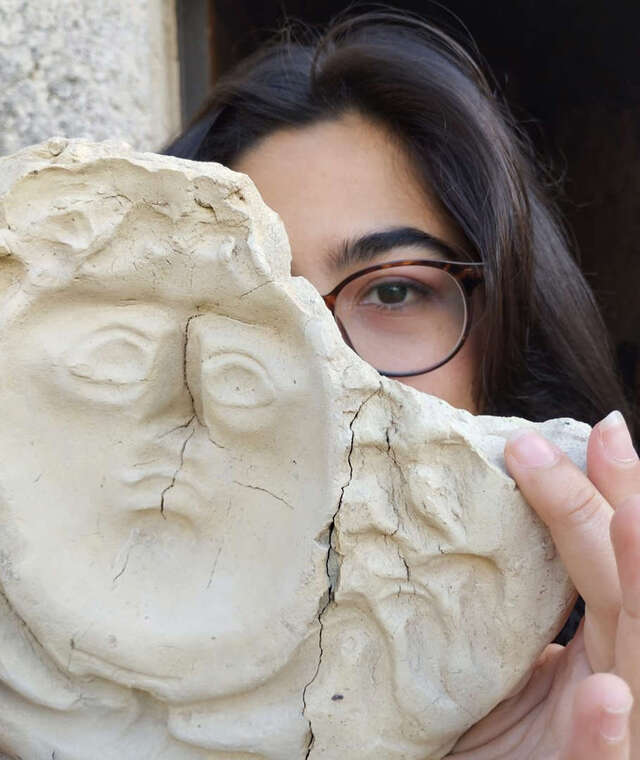
The Finziade Project, led by the Parco Archeologico della Valle dei Templi in Agrigento, is a collaborative effort to uncover the rich history of this ancient city. Under the direction of Roberto Sciarratta and Alessio Toscano Raffa, the project combines traditional excavation techniques with cutting-edge scientific methods to explore the archaeological treasures of Finziade.
The project’s interdisciplinary approach brings together archaeologists, historians, and scientists to analyze the artifacts found at the site. Techniques such as 3D scanning, chemical analysis, and historical research are used to understand the significance of the finds, providing new insights into the everyday life, economy, and spirituality of ancient Sicilians.
Cultural and Economic Insights from the Discovery
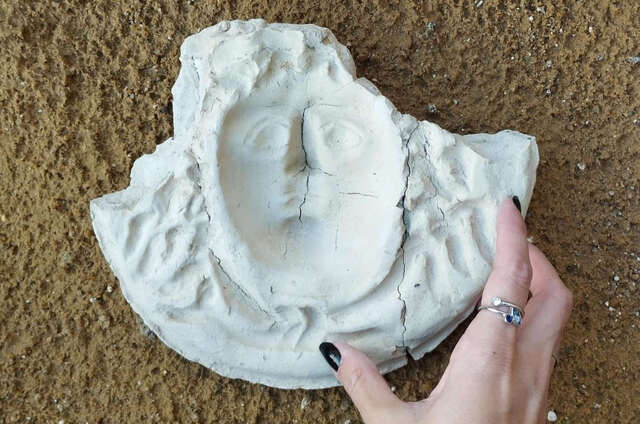
The discovery of the Medusa mask mold illustrates the cultural melting pot that was Roman Sicily. The city of Finziade, founded by the Greeks but later conquered by the Romans, was a space where Greek traditions merged with Roman practices. This fusion is reflected in the artistic and symbolic meanings behind the masks produced at the site, which blend both Greek mythological figures and Roman artistic techniques.
The mold not only reveals the artistic talents of the local artisans but also underscores the cultural significance of the Medusa image in everyday life. It serves as a reminder of the complex and multifaceted nature of Roman Sicilian society, where art, religion, and commerce intersected in meaningful ways.
Conclusion
The discovery of the Medusa mask mold in Finziade, Sicily offers a fascinating glimpse into the daily life, artistry, and mythology of Roman Sicily. This find underscores the region’s rich cultural heritage and highlights the importance of artisanal craftsmanship in shaping the artistic and spiritual landscape of the ancient world. As archaeological efforts continue, the Medusa mask mold serves as a key artifact in uncovering the vibrant and dynamic history of one of the most culturally significant regions of the Roman Empire.
Video
Watch the video to follow the restoration work on the largest-ever bronze mask unearthed in China’s Sanxingdui ruins. This incredible discovery is shedding light on ancient Chinese civilization!
